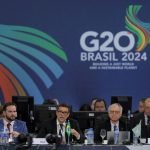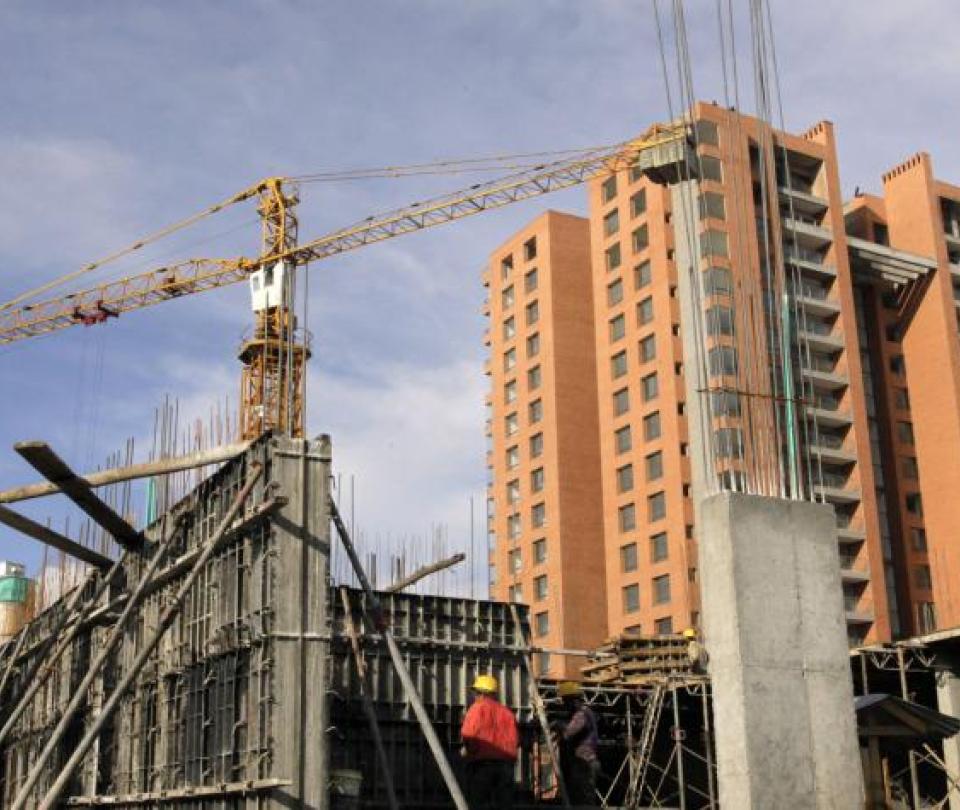Inflation that does not stop rising and interest rates that go hand in hand, are some of the great concerns of Jaime Jaramilloco-director of Bank of the Republic on the construction sector, and who highlighted, within the framework of the meeting of Economic Perspectives of camacol, that unbridled consumption, with a devaluation of the peso and increases in the costs of inputs will be the formula to see a slowdown in the construction sector this year.
“The macroeconomic panorama shows that we had quite high growth in 2021 and 2022, the bad thing is that these good data are not sustainable, some sectors did better at the party than others“, he pointed.
(Plus: Lower purchase intent, tough outlook for construction.)
On this, Jaramillo highlighted the performance of the builder, which did not even stop before the impact of the covid-19. “They did very well. We know the immense contribution to the economy of the construction sector despite the turbulent economy, it is always one of the economic engines of the country”, he remarked.
(Keep reading: Ministry of Housing will give 100,000 subsidies per year from Cambia Mi Casa).
However, in the last two years interest rates have started to press record numbers, and now rates are the highest in 20 years. Jaramillo is concerned about this dynamic in the sector, however he acknowledged that in five years there will be much lower rates that will allow more access to credit, especially for housing, due to the increase in debt capacity. For this, through these increases, the Issuer set the goal of lowering inflation in the following years and setting it between 1% and 3%.
“When you use too much credit, the credit service and interest eat it up,” he acknowledged.
(It may interest you: Anif warns of a 5-year setback in housing policy).
With all this, Juana Téllez, director of economic research at BBVA Research sees a year full of challenges for the country with a macroeconomic outlook with less liquidity and inflation that continues to rise until 2024, year in which he expects it to drop to 5%. “Colombian inflation is one of the few that has not started to turn around,” he said.
(In addition: Energy, agriculture and health, the axes of the reindustrialization policy).
Camilo Pérez, director of economic research at Banco de Bogotá, adds to this panorama not only the challenge of accelerated consumption as a barrier to savings, but also that this phenomenon generates an unsustainable horizon for the Colombian economy over time.
PAULA GALEANO BALAGUERA
Journalist Portfolio













